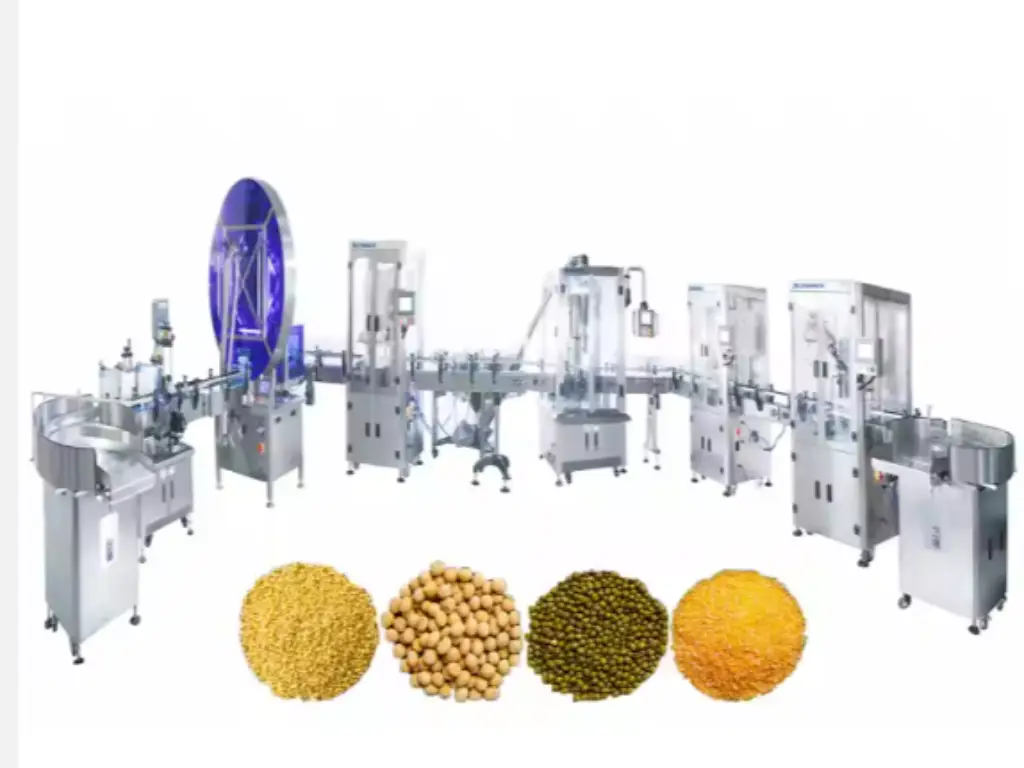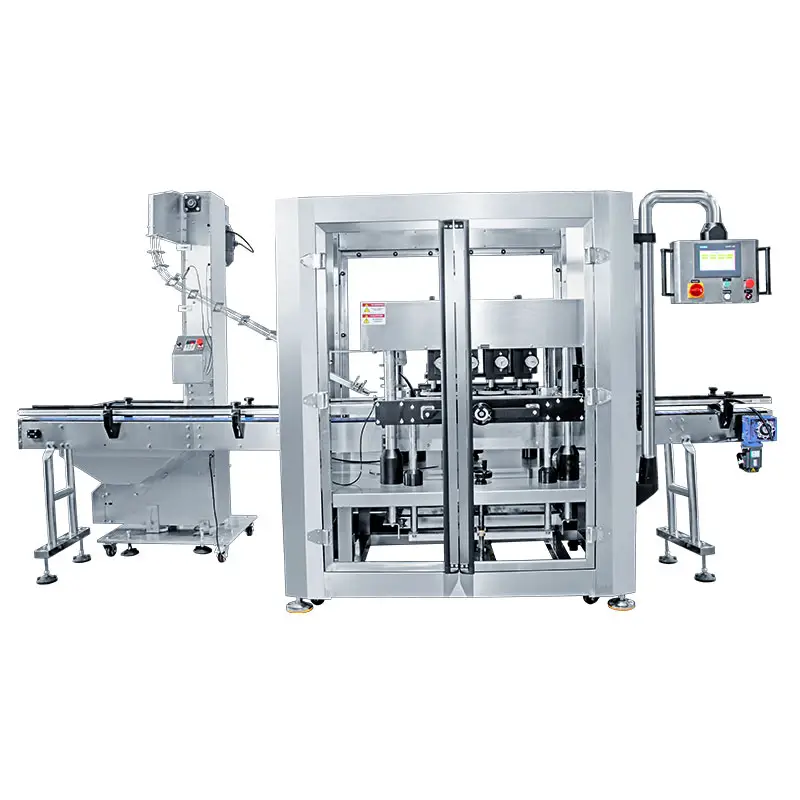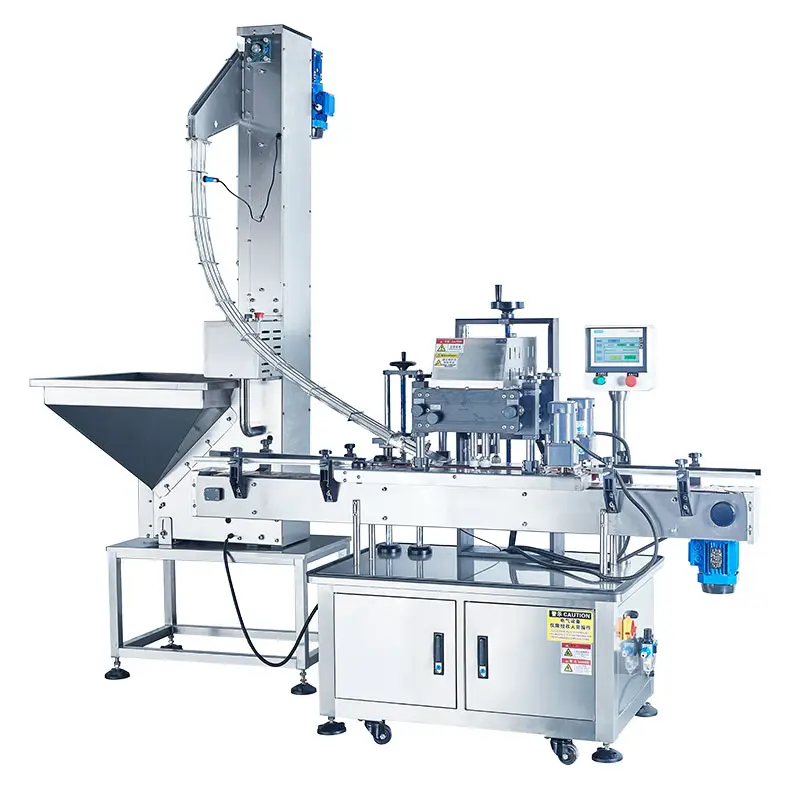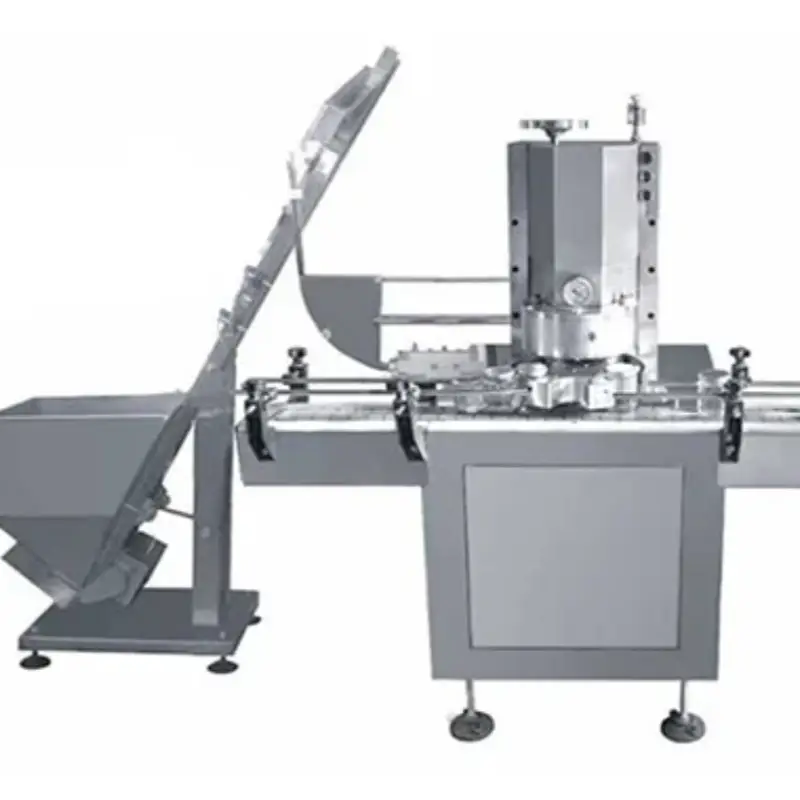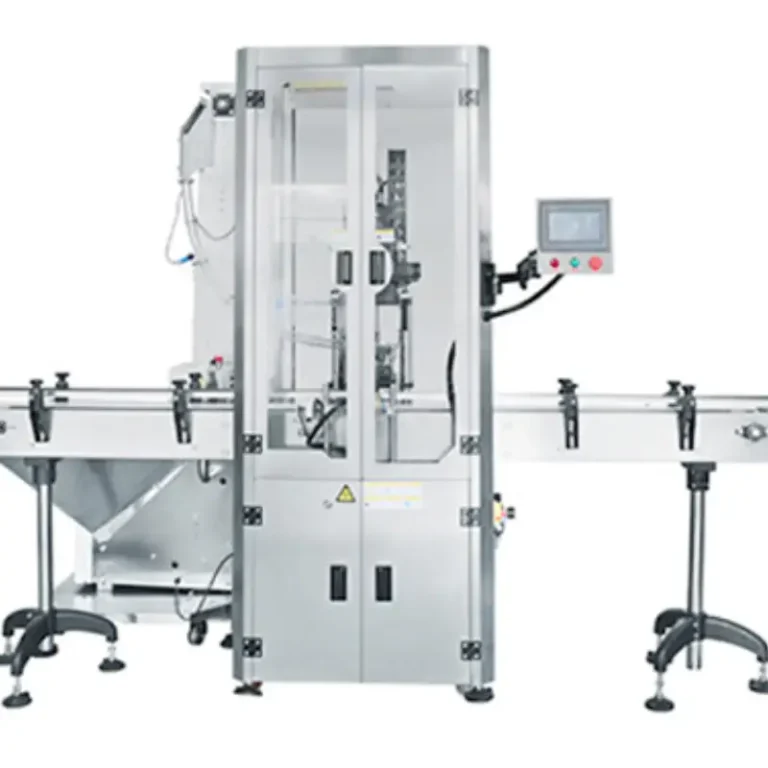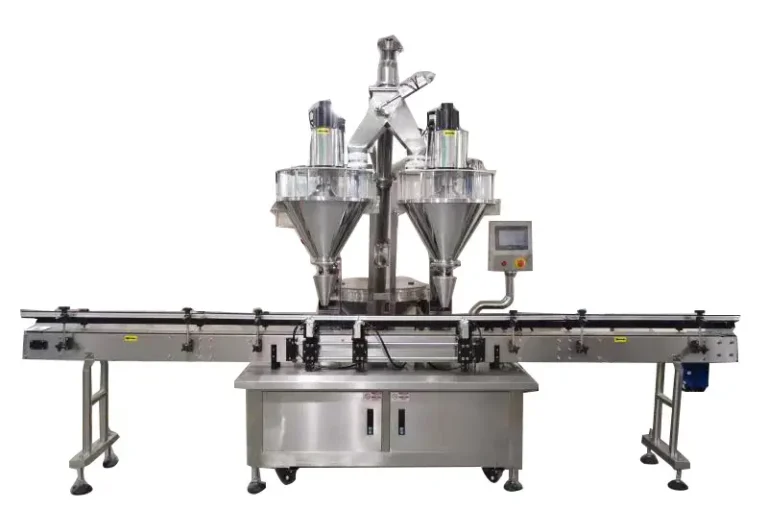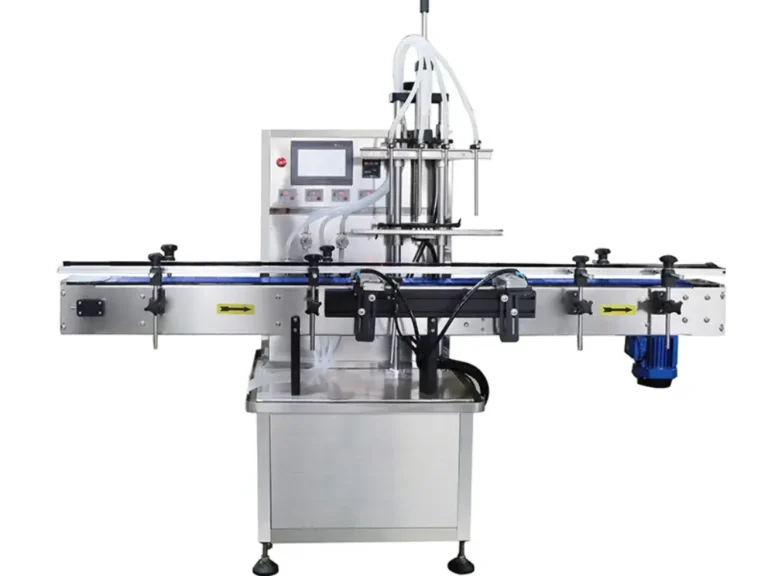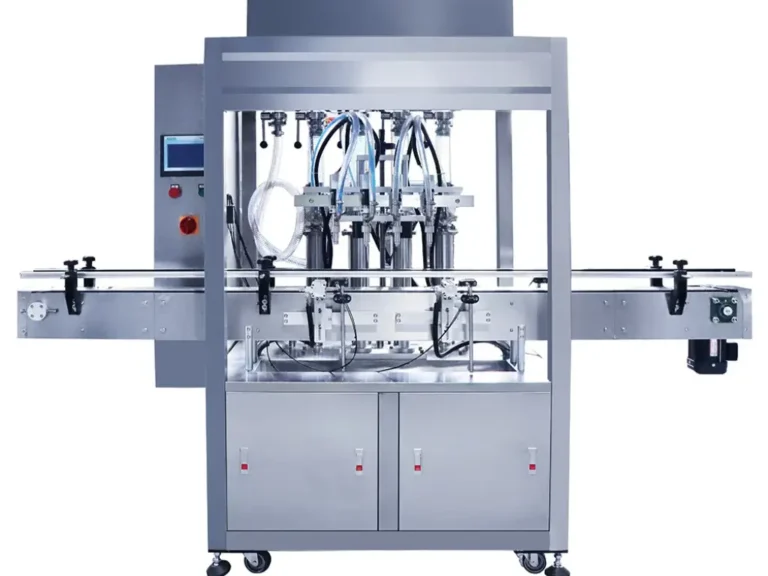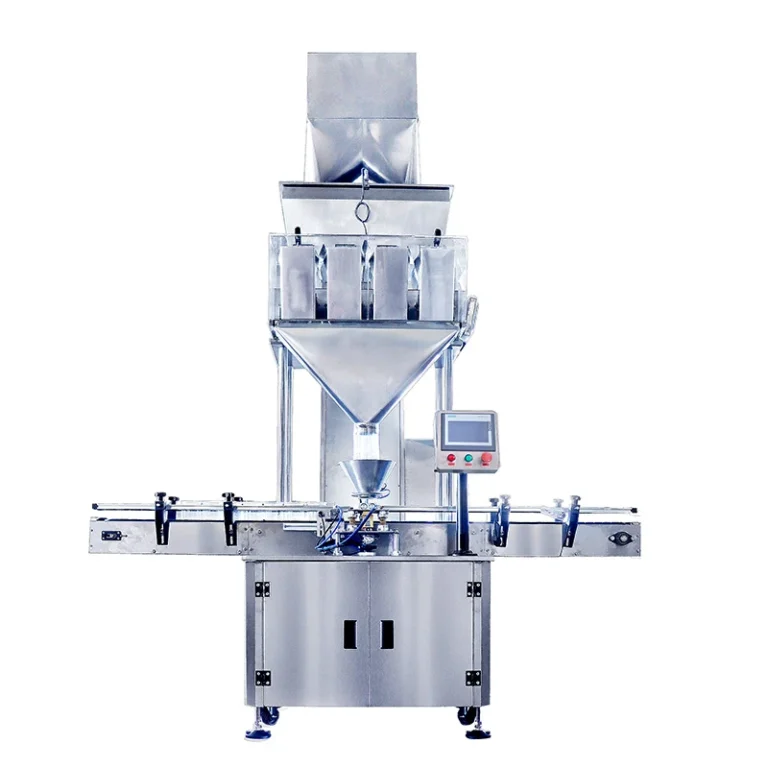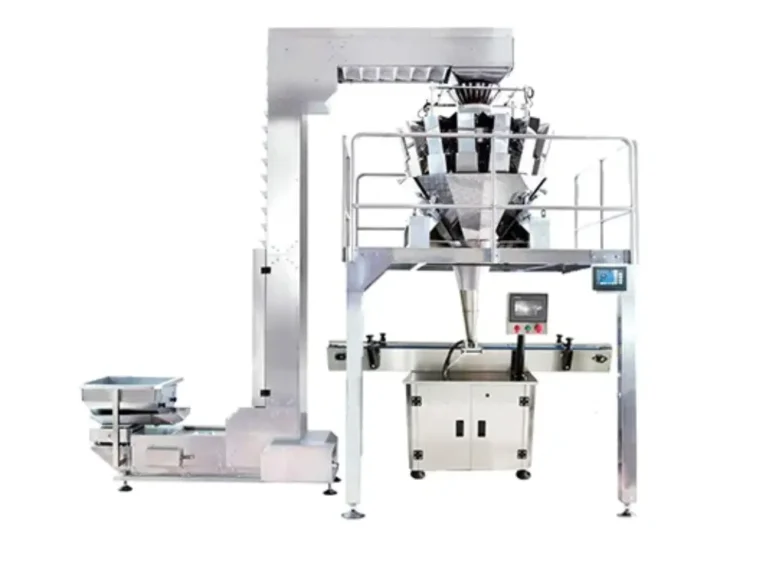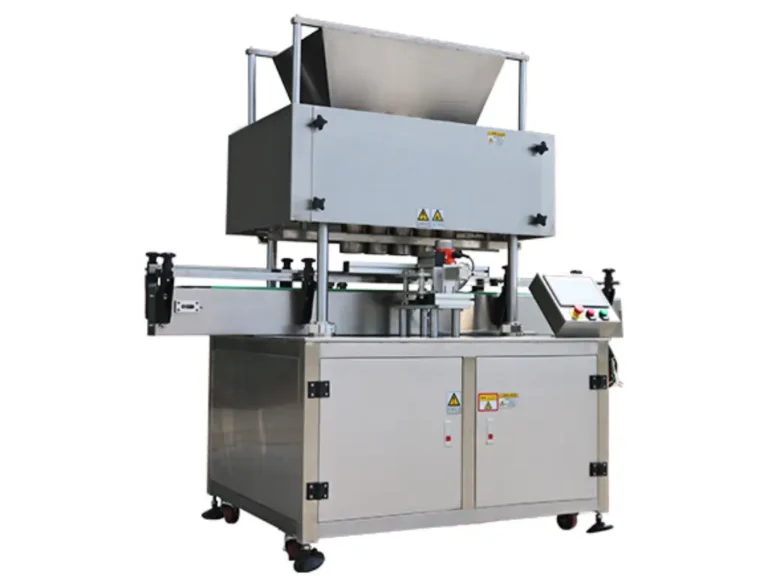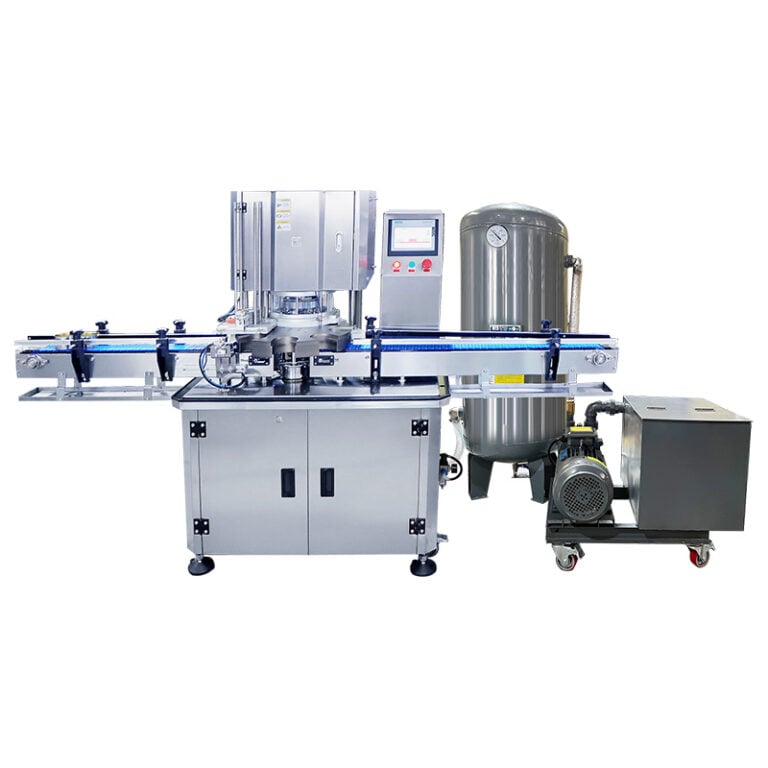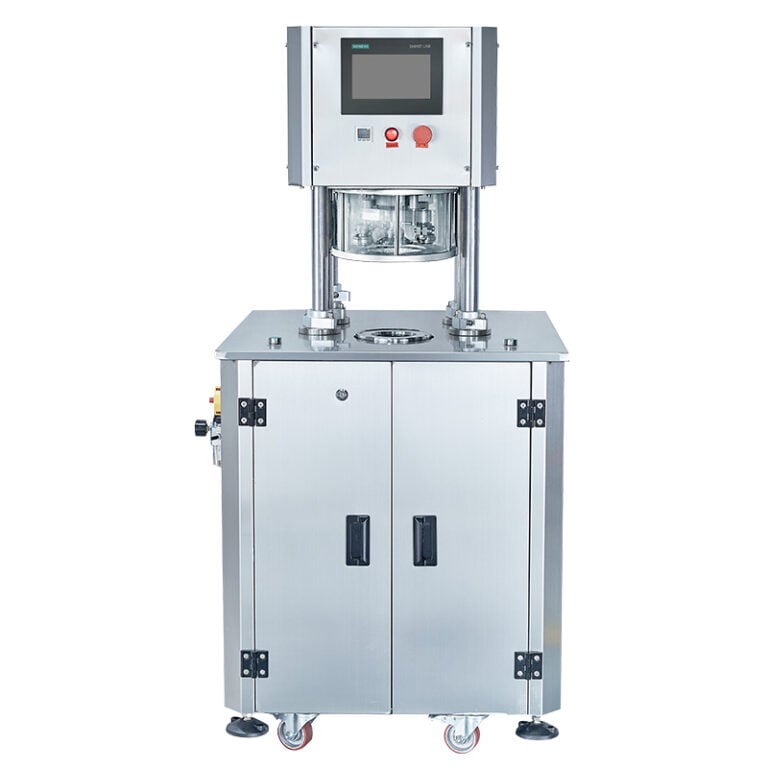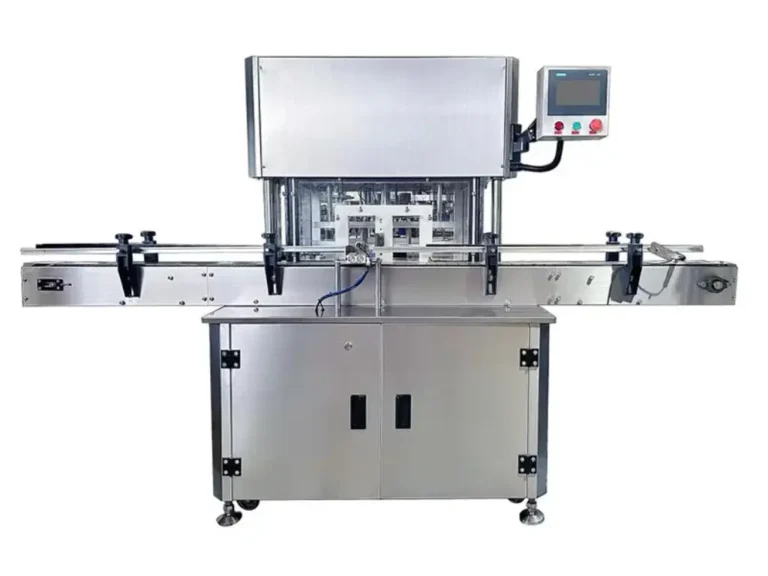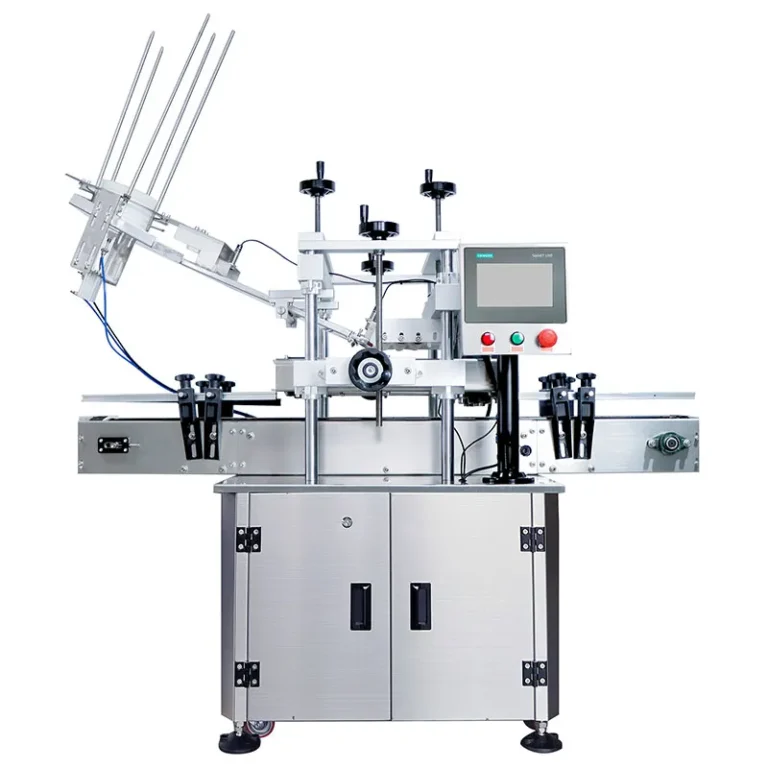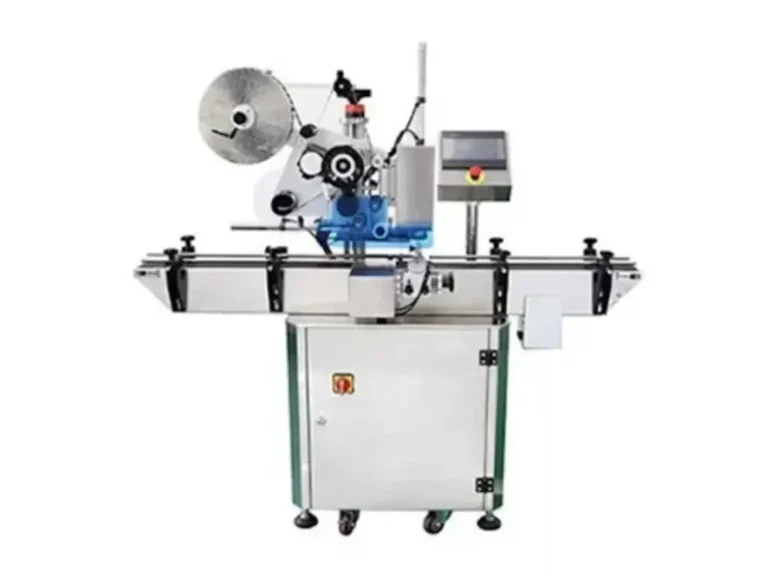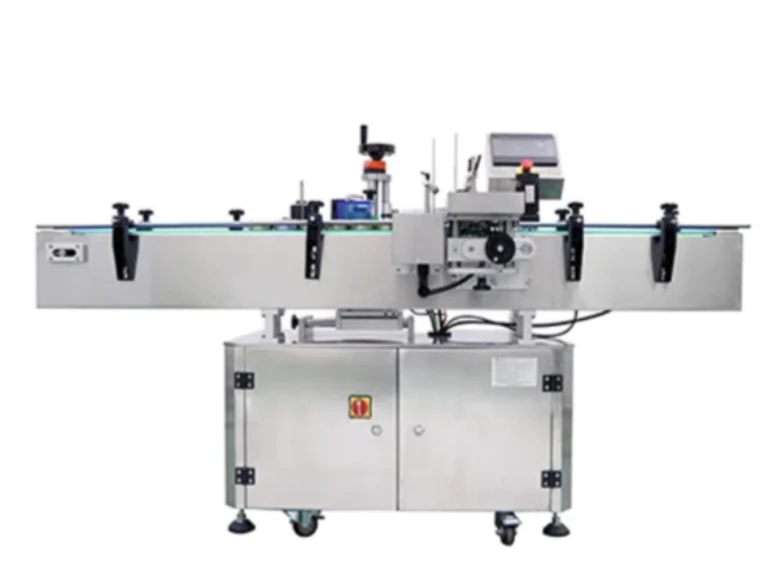Introduction
The world is experiencing the fastest growth in the food appetite for flavor. The spice trade is anything but a fixed product, and it is a growing industry in the world economy. According to the global spice market analysis, it is expected that the global spice market will grow to over USD 27.46 billion by 2032 with an approximate compound annual growth rate (CAGR) of around 5.0% between 2023 and 2032. This is driven by a combination of forces: increasing interest in the foods of the world, an increased consumer interest in health and wellness, and a need for clean-label, natural ingredients. This is a big opportunity for the would-be entrepreneur. Starting a spice company is not simply a matter of selling a product; it is the opportunity to exploit a rich cultural tradition and a growing international marketplace, into which one can place a very real stake in establishing a strong and profitable business.
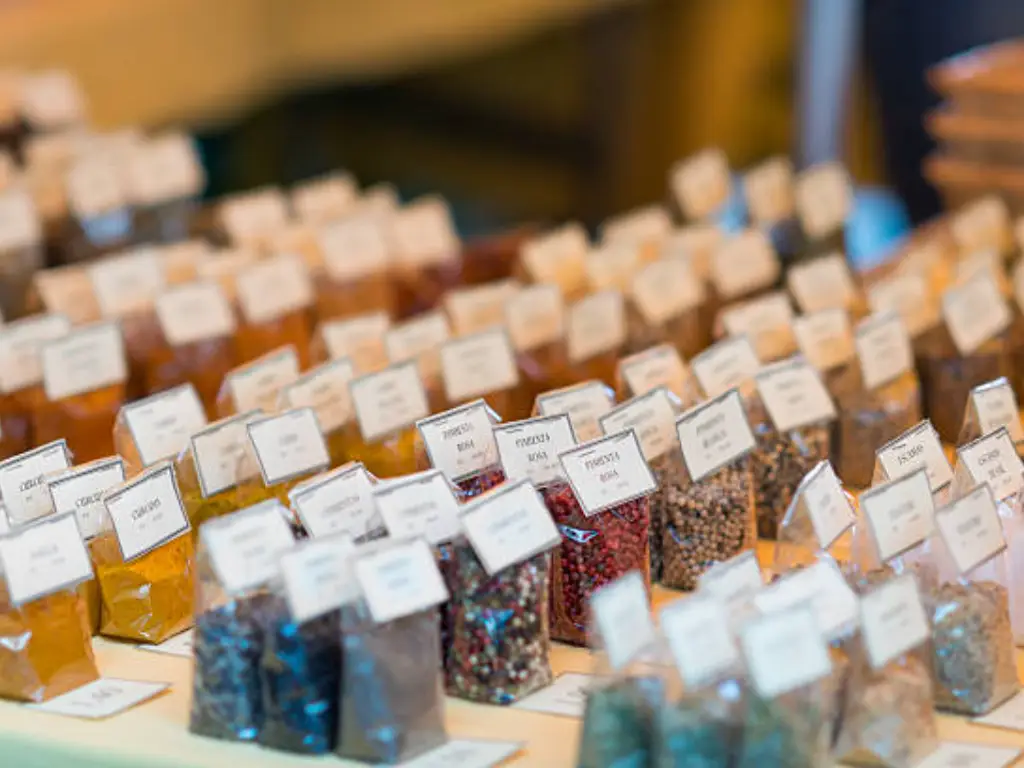
How Much Does It Cost to Start a Spice Business?
On a small scale, you could start your own spice company with as little as $2, 000 to $5, 000, and sell in a farmer’s market, local festivals, or through a mere shop front on the internet. Say you want to get something a little more established operation, a broader line of products, custom packaging, a professional website, and increased production, then your budget is bound to be around $10,000 up to $50,000 and beyond.
Major expenses involve essential equipment in the spice business industry, such as grinders, scales, sealers, and food-grade storage containers to store your raw materials. Lots of first-time owners begin their business in a home kitchen, but have aspirations to expand into a licensed commercial kitchen as their business picks up. You will also have to consider a business license, local permit, and any form of FDA food safety compliance if you want to sell food products.
Packaging is one area where it is easy to shortchange; jars, pouches, labels, and design services are a cost that can run into a large line item. Whatever your spices (sell the usual ones, such as cumin and oregano, or the more prestigious ones, like saffron and cardamom), you need good packaging to preserve their aroma and freshness.
Never forget about targeting your audience. You need a properly thought-out marketing strategy, including your website, branding, and marketing on social media networks to attract potential customers. When you intend to distribute your products via different channels such as Amazon, your online store, or a grocery store, you should also consider listing fees and logistics.
And here is a rough breakdown:
- Business license & legal fees: $200–$1,000
- Spice business equipment: $500–$5,000+
- Raw materials: $500–$5,000 (depending on your blend and volumes)
- Packaging & labels: $500–$2,000
- Marketing & website: $1,000–$10,000
- Distribution & shipping: varies based on sales channels
What then is the cost of starting a spice business? The scope is not fixed — but the plan will make you consider the financial aspect, get the best deals, and make sure that you will be able to launch your brand at the right time. The right planning now can make you a successful spice business in the future.
For more insights into selecting the right packaging containers and machines for your spice business, check out this detailed guide on spice packaging solutions.
Crafting Your Business Plan and Finding Your Niche
Any successful spice business is made by a clear and realistic business plan. Your plan should lead you to what you are going to sell, who will buy it, and how you are going to provide quality spices at a fair price.
Define Your Target Market
Any great strategy begins by knowing who you are targeting. Do you target the home chefs who desire to get real tastes? The local restaurants that have busy chefs who require deliveries of bulk orders? Or possibly you are focusing on health-conscious consumers seeking out organic raw materials and clean label blends. Knowing your audience determines your product line and pricing, and your marketing strategy as a whole.
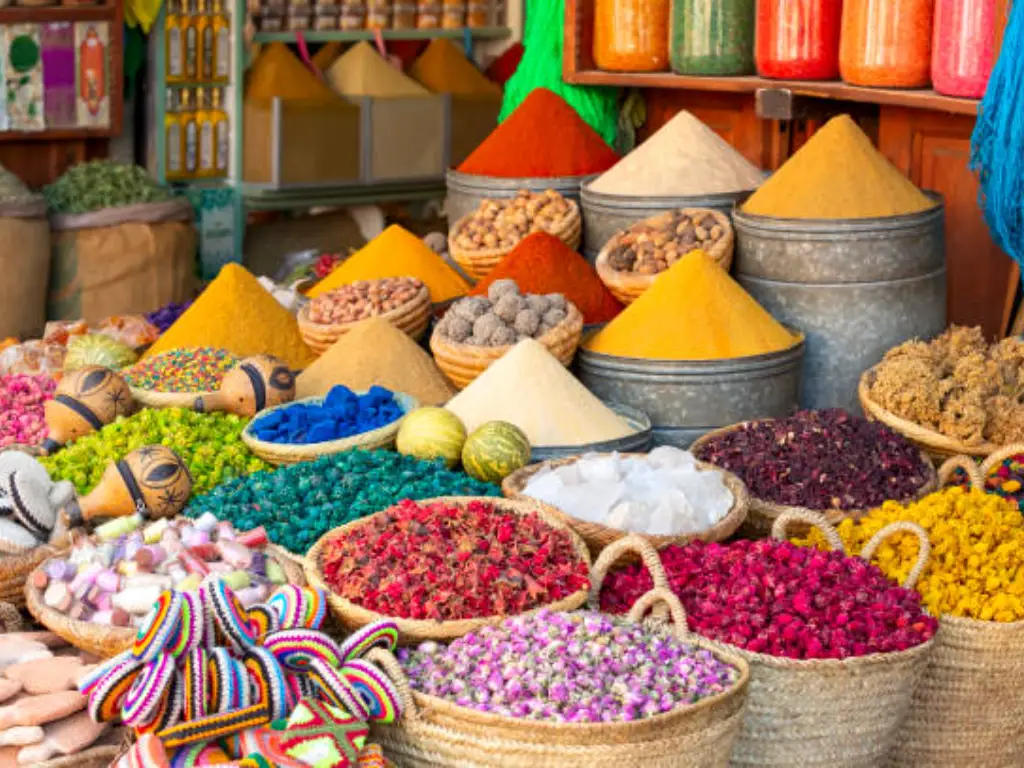
Find Your Unique Niche
When you are in the spice wide world, a clear focus will make you stand out. Perhaps you would like to sell rare single-origin herbs not available in larger shops, or develop signature, exclusive spice blends that no one has. Other new business owners can experiment by going to farmers’ markets, scouting local events, or talking to chefs to get a sense of what is lacking. It can also be a good idea to check out the existing player, such as Castle Foods, and gain some ideas of what can work and where you might be able to come up with a difference.
Budget and Plan Realistically
To determine the cost to start a spice business, deconstruct all the components of the puzzle: spice business equipment, packaging, storage, shipping, and marketing. Add to your business license, food safety compliance, a functional website, and adverts – whether you intend to sell to buyers via social media, an Amazon storefront, or a local spice store. You can save yourself trouble by planning realistic costs, and you know where to get the best prices on ingredients such as saffron, cumin, or cardamom.
Set Your Sales and Marketing Direction
As soon as you have your plan nailed down as to what you are going to sell and who you are going to sell it to, make the distribution channels and brand promotion clear. Perhaps you will begin at trade shows or pop-ups, or develop a consistent online business by using your site and social media. Anyhow, the sooner you test your blends, the more you will be able to get feedback and establish relationships with possible customers.
Sourcing and Mastering Your Spice Products
The core of a good reputation in the spice industry is finding the appropriate sources of your spices. Be it direct farming relations to obtain top-quality products such as Indian saffron, cardamom, and so on, or using a reliable vendor like Castle Foods to supply you in bulk, there has to be reliability as much as there has to be cost. Failure of your supply chain means that your shelving remains empty, which no spice business would desire.
It is also important to maintain your spices. Most new business owners fail to realize the rate at which flavor is lost when spices are stored improper ways. Buying an airtight container, a well-organized storage system, and intelligent stock rotation ensures that your end products will be of high quality. Whether mixing old-world cumin or creating small-batch blends, freshness has to be the number one priority.
Lastly, take time and perfect your recipes. By testing small quantities and receiving candid feedback from actual individuals in farmer markets, local events, or tasting parties, you will be able to hone your products before expanding. What this set of trials will help you to see is what your target market desires and will take you back to the main question, which will be how much it costs to start a spice business. It is easy to be caught up in the cost of sourcing, shipping, and storage, which is why you should have this information early to price products well and establish a sustainable business.
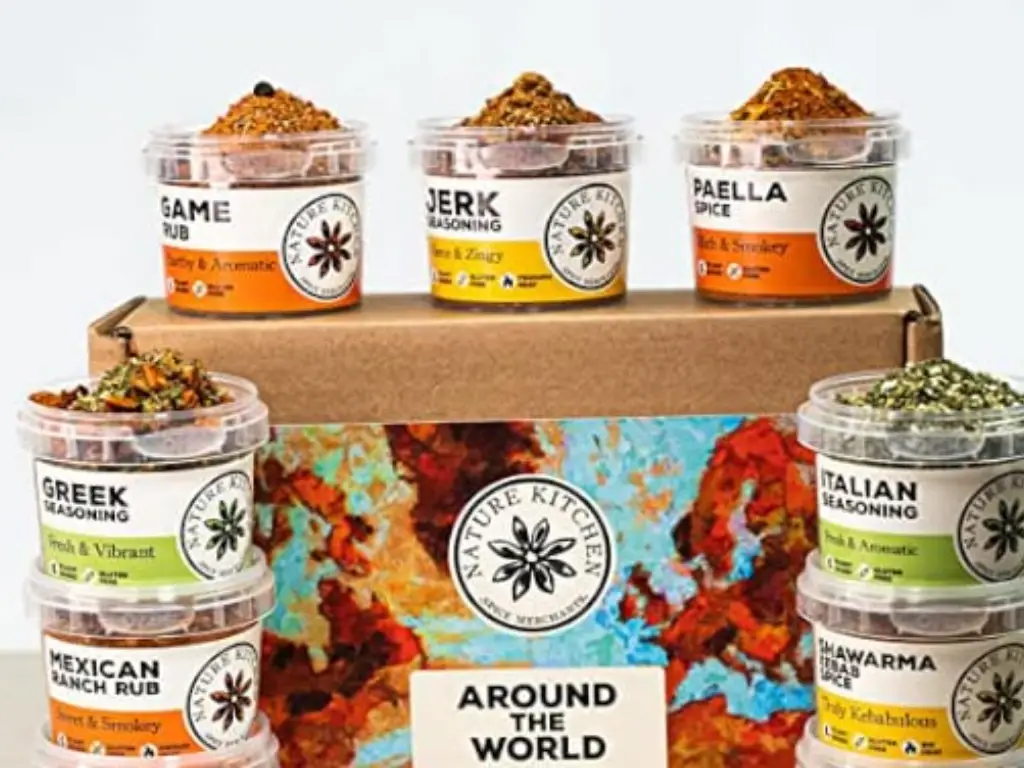
Navigating Legalities and FDA Food Safety Compliance
When you are planning to start a spice business, you have to observe the food safety regulations to the latter to safeguard your customers and brand. The first thing you have to do is acquire the right business license, and this differs with your city or county. Depending on what you intend to do with your product, e.g., selling at farmer markets, supplying local restaurants, or attending trade shows, you may require additional permits. This is why it is advisable to check the local requirements as early as possible.
Because spices are foodstuffs, your factory is supposed to be registered by the U.S Food & Drug Administration (FDA) or the food regulatory agency in your country. The FDA registration will guarantee that your production and packaging procedures are safe as per the set standards. Observing Good Manufacturing Practices (GMPs) is necessary. This involves the appropriate storage of raw materials, effective measures to control pests and maintain high hygiene standards, and clean work equipment to ensure safety and compliance with products.
Lastly, make your product label compliant with the law. Labels should have all ingredients, allergens, and your business information, with added requirements in case of selling via platforms such as Amazon. Your startup budget must always consider the legal compliance costs, such as registration fees, inspections, and certifications. To be able to get through these processes without any hindrances, it is best to consult other business owners or the local small business support offices so that your spice business is carried out safely and is fully compliant.
Creating an Unforgettable Brand and Label Design
When buying spices, consumers purchase the product and its value. This is the reason why a spice business needs to build a memorable brand.

To build a memorable brand, a business needs to choose the right packaging. Options include:
- Pouches (bags): Ideal as refill packs due to low cost and ease of shipping. Nevertheless, they are not so eye-catching and might not be noticed on busy shelves.
- Bottles (PET or glass jars): Easy to use and transparent, allowing customers to see the quality of the spices. Glass jars convey a high-quality image, but they are expensive to ship and delicate.
- Cans or tins (metal or composite): These can store aroma, light, and moisture, making the contents usable for a long time. However, they do not allow the user to see the contents, making them more costly and less user-friendly.
Consider cost, product protection, brand positioning, and logistical convenience when selecting a packaging option.
Second, it is mandatory to have your labels sorted out on a legal basis before you can sell via any formal retail or online outlet. Information required:
- Ingredients list: All ingredients in the ingredients list in descending order of quantity.
- Net weight: It should be written in metric (g/kg) or US customary (oz/lb).
- Manufacturer details: Name of business, address, and contact.
- Country of origin: Many markets require a country of origin to show where the product is manufactured.
In case your spice mix has allergens (e.g., mustard powder or sesame), they should be presented in a manner that preserves the safety of consumers.
Lastly, create packaging that pops off the shelves with a good visual impact as well as a hierarchy of information:
- Visual design: Apply colors and fonts that reflect your brand. An example is that earthy brands will be using warm, natural colors, and premium brands will use minimalist black and gold.
- Information hierarchy: Put the most important information (brand name, product name, flavor type) in the first place. On the label, the secondary information (net weight, selling points (e.g., no additives, freshly ground)) should be visible. Keep the front free by placing detailed ingredients, manufacturer details, and barcodes either at the bottom or back.
- Functionality and perceived quality: It could be worthwhile adding matte finishes, metallic foils, or embossing to obtain a premium touch. When working with environmentally safe materials, make it visible to appeal to buyers interested in sustainability.
Setting Up Production: From Kitchen to Scale
After a brand has gained initial traction and reputation, it has to fulfill repeat customer orders. That relies on how efficient a brand’s production is. Beauty counts, but not creativity. A well-oiled system is a must to fully blossom a spice business, or any business for that matter.
From Manual Beginnings to Bottlenecks
Most spice entrepreneurs start small — filling jars by hand in their home kitchens or small commercial spaces. This setup works perfectly during early testing phases, helping you validate recipes and get feedback at local events or farmers’ markets.
Manual packaging is becoming a bottleneck quickly, especially with scaling demand. Consideration of the following issues highlights the picture:
- Slow and inefficient: Packing dozens or hundreds of units daily by hand is time-consuming and physically exhausting.
- Inconsistent quality: There can be a different level of fill or tightness of sealing, and this will present a less professional image and lower customer confidence.
- Shorter shelf life: When spices are not sealed properly, they may be exposed to moisture or air and thus lose aroma and potency more easily.
These challenges are signs that it’s time to move beyond the kitchen and prepare for scale.
For more on how spices are made and how production processes impact quality, check out this guide on how spices are made
Scaling Up Through Automation
As your spice business expands, fulfilling daily orders starts from 10 to 100, and fulfilling each one manually becomes increasingly difficult. That’s when automation becomes a strategic investment.
Poised to change the game are automated packaging systems, offering the following key benefits:
- Operating Productivity: The use of automatic filling, sealing, and labeling equipment can significantly reduce both labor costs and increase throughput.
- Consistency: Enhanced professionalism and appeal are achieved when every jar or pouch is filled, sealed, and labeled to the same standard. This standard bolsters customer confidence to further trust a brand.
- Enhanced Protection: These technologies will especially protect spices, and vacuum or nitrogen flushing can extend shelf life and preserve aroma.
Your growing business requires you to shift focus from fulfilling more orders to maintaining quality, increasing efficiency, and preparing it for broader distribution. Production capability transforms spice blends into renowned, trusted brands, whether you plan to supply restaurants, expand online, or retail partnerships.
Packaging Machinery Solutions for Growing Spice Brands
Levapack’s specialized machinery, designated for powders, granules, and dry blends, aids small to mid-sized food manufacturers in enhancing efficiency and professionalism as their businesses scale up.
Levapack equipment is capable of handling a variety of containers, including metal cans, glass jars, and plastic bottles. Their integrated systems fill, vacuum, or nitrogen seal, cap, label, and code with precision and are all performed in a single, smooth sequence. The use of food-grade stainless steel and high-quality parts ensures that the machines are hygienic and durable while also allowing customization flexibility.
Levapack readily supports businesses all over the globe, aiding them in seamlessly transitioning from semi-manual kitchen scale production to automated commercial production. Whether it is your first purchase or you are looking to upgrade your existing equipment, the modular systems from Levapack are designed to meet your spatial and production requirements. With over 100 countries served, including offering global delivery and OEM/ODM services, responsive support is always within reach.
Looking to get in touch and receive tailored package solutions to meet your spice production needs? Levapack is always here to help.
Choosing Your Sales Channels: Balancing Online and Offline
Once your spice products are ready to hit the market, your first big decision is where to sell them. The good news is — you have plenty of options, and the smartest brands often mix multiple channels to balance risk and reach.
Offline Sales: Build Trust and Get Real Feedback
Emerging spice brands usually start with a local approach, which helps to test the response of the audience and build an existing customer base. Additionally, meeting your customers in person helps to enhance customer trust and greatly helps customers who want to taste and smell your products before making their purchases.
- Farmer’s Markets and Handmade Fairs: Attending local annual farmer’s markets or craft and art fairs enables you to sell spice blends and allows you to speak with potential customers to get their opinions on your products and strategies. These discussions can help you in making advanced changes to your products, which you sell in the market.
- Community Events and Local Festivals: Local food and holiday markets provide a good opportunity to sell to residents and help quickly reach a good local audience, as well as expose your brand to a good market.
- Partner Shops and Restaurants: Supplying spices to local cafes, specialty food stores, and restaurants either as bulk or retail packs fosters brand loyalty and maintains consistent demand, helping elevate your brand’s reputation through already trusted partners.
Online Sales: Expand Your Reach Beyond Borders
Expanding your brand’s reach through sales channels available online, especially surpassing geographic borders and utilizing the customer base available, takes your brand reputation much further. The following is a brief overview of three popular online sales channels and their differences:
| Platform | Pros | Cons |
| Shopify | Complete control over your own branded store and customer data | Requires upfront investment in web design, product photography, and ads |
| Flexible features with various payment, shipping, and marketing plugins | Monthly fees and add-on apps can increase costs | |
| Supports multiple languages and currencies for global sales | All operations, from driving traffic to order fulfillment, are your responsibility | |
| Etsy | Built-in audience interested in handmade, unique, or artisanal products | Listing fees and transaction commissions apply |
| Easy to set up, good for testing new products | Must follow Etsy’s category and selling policies | |
| Strong community vibe that supports small brands | Limited control over brand look and customer relationships | |
| Amazon | Massive global customer base and trusted platform | Highly competitive with many similar products |
| Robust fulfillment (FBA) and shipping services | Platform fees, storage costs, and ads can add up | |
| Potential for high sales through Amazon’s search and recommendations | Customer data belongs to Amazon, making brand-building harder |
Each channel impacts your cost structure and the work to be done differently:
- Offline sales translate to booth fees, samples, and travel costs, but build trust and brand credibility in a hurry.
- Online sales translate to needing to invest in e-commerce, shipping, product and vendor management, and digital marketing, but greatly increase the sales reach.
Diversifying sales channels should be done whenever possible. Achieve a solid combination of seasonal sales and market risks to maintain balance with a strong mix of e-commerce platforms, retail partnerships, and your online store, local markets, and the expanding online sale channels.
Launching and Marketing Your Brand for Growth
Any product or service is bound to fail without a marketing strategy, and in the digital realm of today, the audience is global and within reach with a minimal spend as long as the content is authentic and value-driven.
- Content Marketing: Develop a section on your website that offers recipes, cooking advice, and narratives on the origins of your spices. This marks you as an authority and also helps with your SEO.
- Social Media: Utilize Instagram and Pinterest to display your products being used. Sharp, close-up photos and videos of dishes being made with your spices are incredibly captivating.
- Collaborations: Work with food bloggers, local chefs, or other brands for cross-promotions. An influencer’s product mention can dramatically impact trust and sales.
- Email Marketing: From the very first day, make sure that you are collecting emails by incentivizing site visitors to subscribe to your email list. Use emails to build relationships by sending out offers, announcing new products, and sharing helpful information.
Conclusion
Starting a spice business is a blend of passion, detailed work, and strategy. Each step, ranging from the initial idea to sourcing, adhering to legal requirements, and scaling production, forms the foundation of a successful business. Though the journey is labor-intensive, it is immensely gratifying to build a brand that enhances the lives of customers. With enough industry knowledge and a well-defined plan, it is possible to carve a niche in the colorful world of spices.

